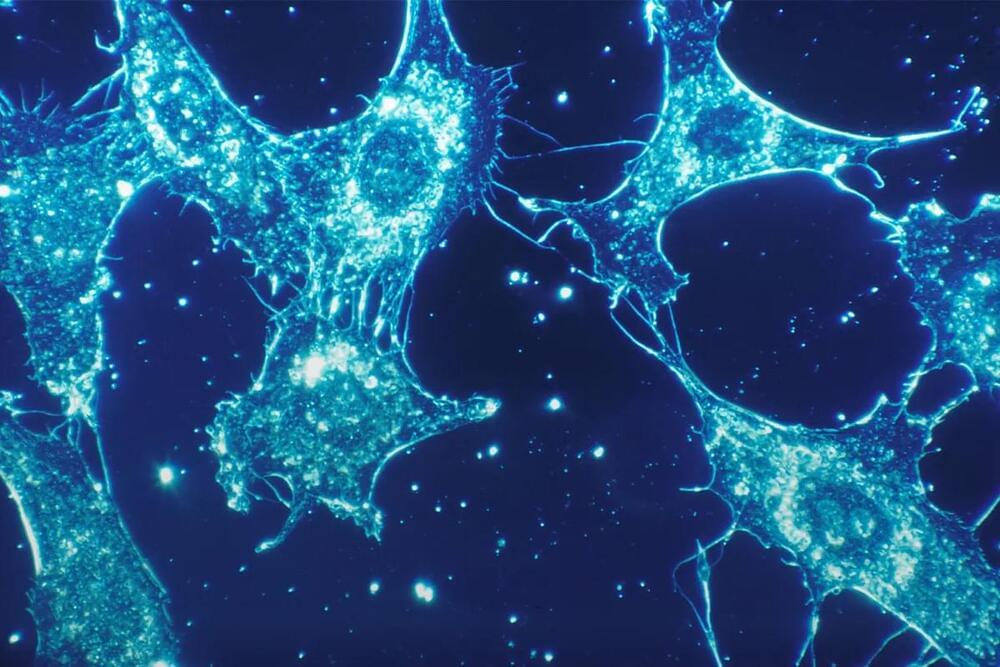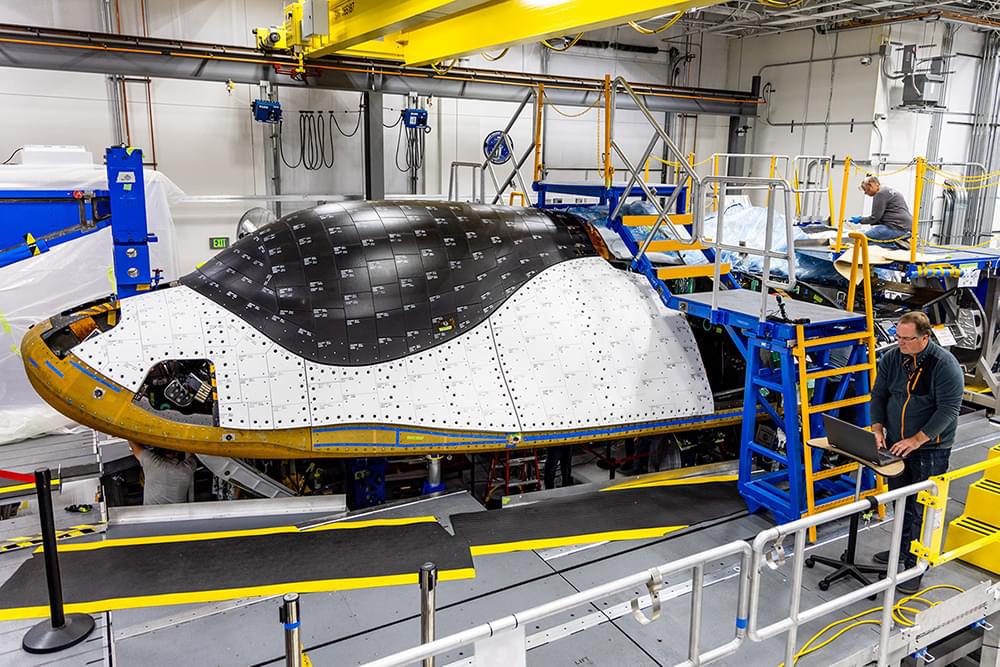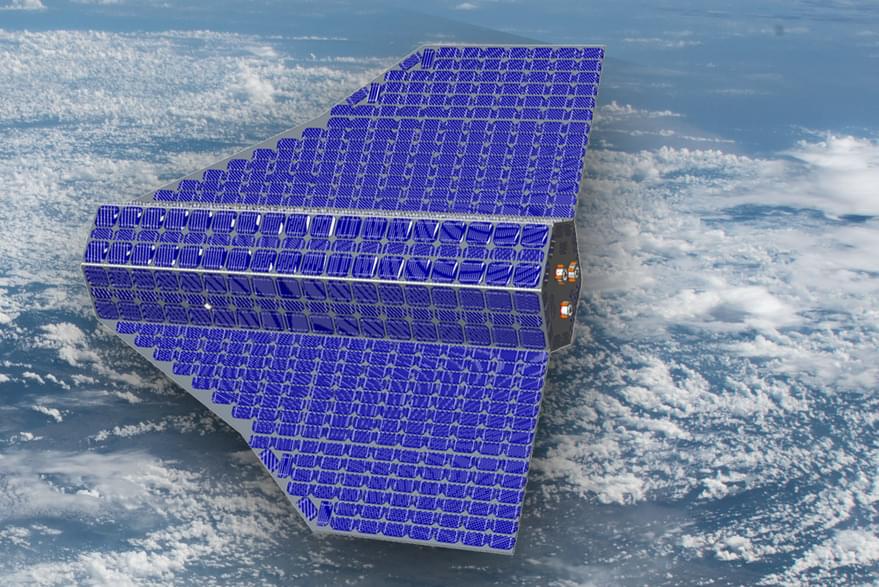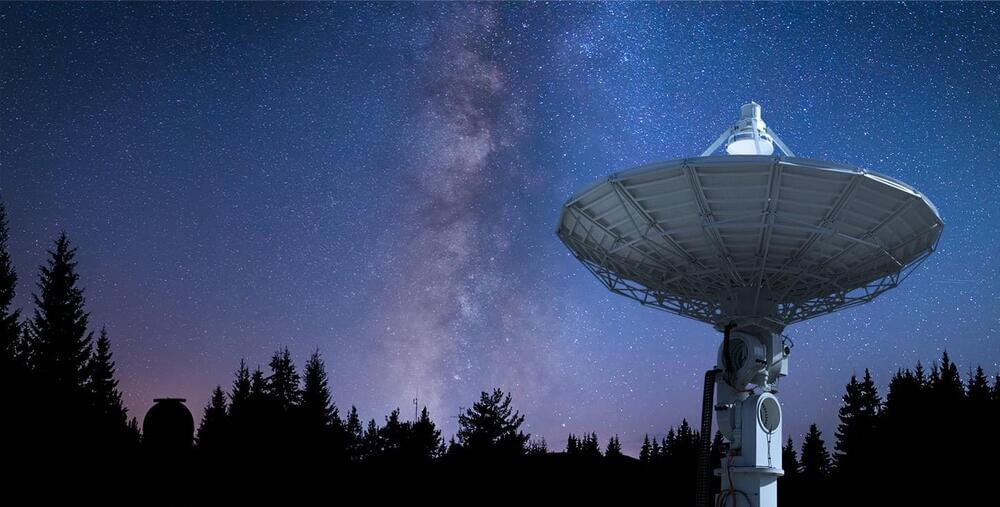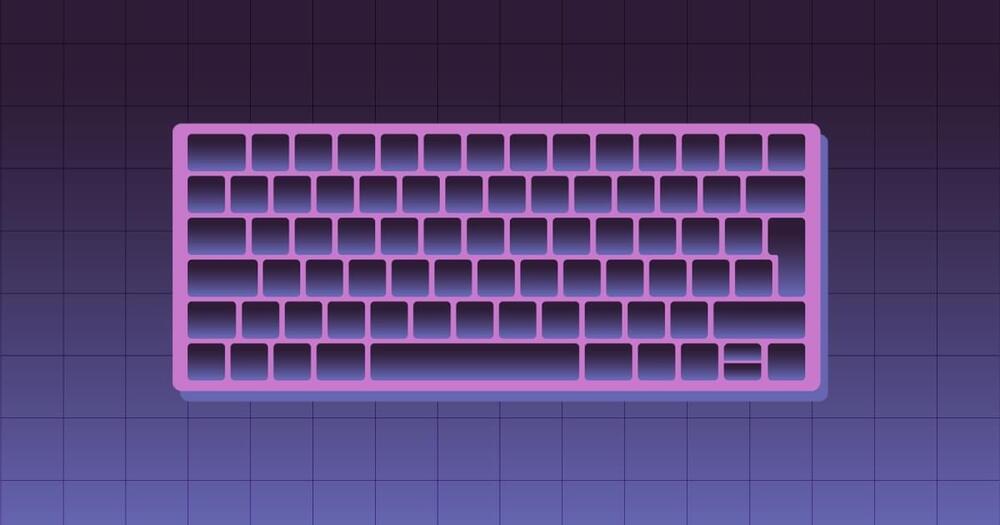Their work has numerous potential impacts, especially in the context of understanding and responding to autoimmune disorders and inflammation.
ALSO READ: Man dies of heart attack watching Avatar 2; what cardiologists say
While our immune system serves a very important function protecting us from infection and injury, when immune responses become too aggressive this can lead to damaging inflammation, which occurs in conditions such as rheumatoid arthritis and psoriasis. Inflammation is triggered when our bodies produce “alarm proteins” (interleukins), which ramp up our defenses against infection and injury by switching on different components of our immune system.

